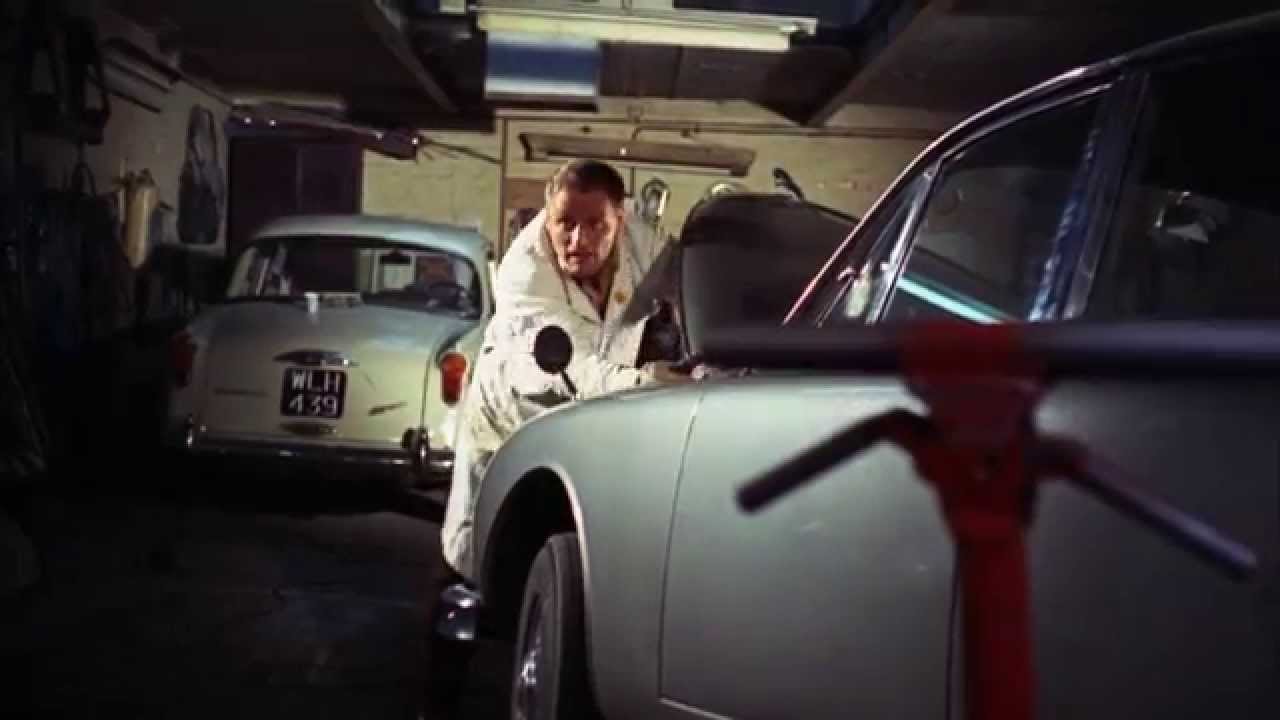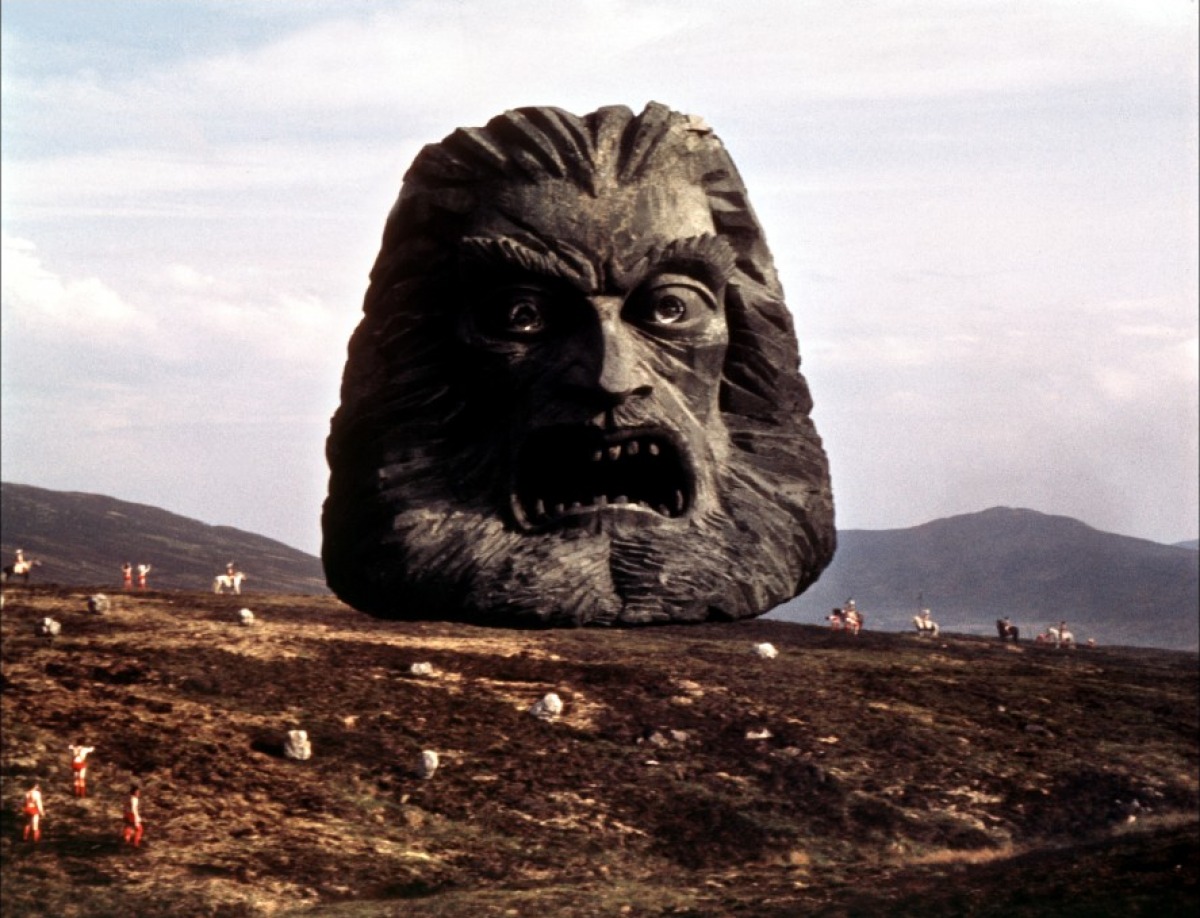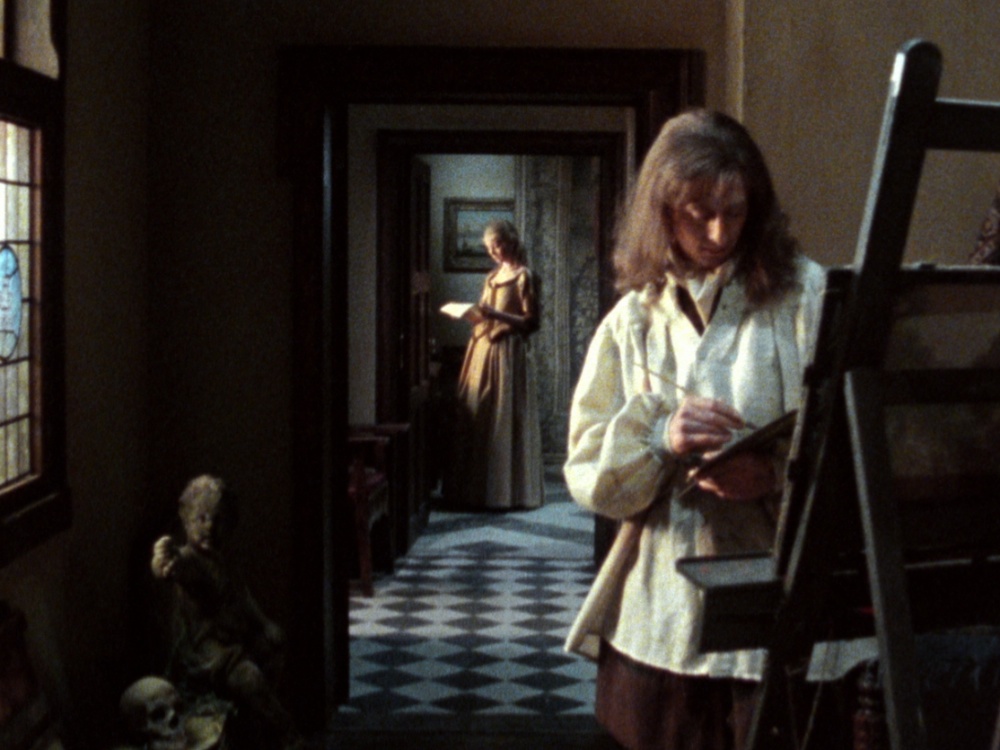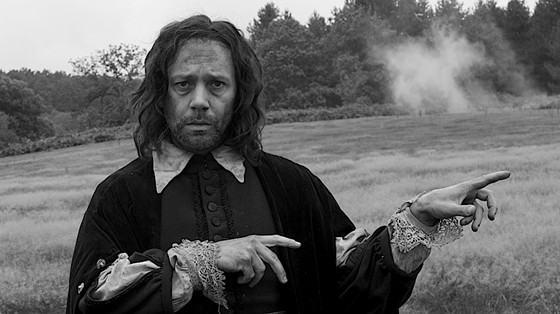6. The Sorcerers (1967)

On the set of Witchfinder General (1968), star Vincent Price famously challenged its young director: I’ve made 87 films. What have you done? The reply – I’ve made three good ones. But unfortunately for that confident young man, who went by the name of Michael Reeves, only a year later he would be found dead from an overdose, and those three good ones would be almost entirely neglected. Which is a crying shame because the film he made prior to Witchfinder is one of the secret gems of ’60s horror cinema.
It stars an elderly Boris Karloff, in one of his last roles, as the inventor of a machine which allows one to see through another’s eyes and experience their feelings rather like the cinema… When Ian Ogilvy is linked to the contraption, Karloff’s wife takes over and forces the young man into a killing spree, revelling in the carnage. It’s all wickedly good fun, but is more serious than it first appears, being a telling comment on voyeurism and viewer gratification, and a scathing indictment of the way older generations simultaneously condemn and exploit youthful energy. Peeping Tom’s bastard cousin.
7. Zardoz (1974)

In which a huge stone face comes down from the heavens and spews rifles out of its mouth, Sean Connery wears a big red nappy and has a very public erection, and God might just be some fool actor who’s mixed up with The Wizard of Oz. How can anyone resist such a movie? As directed by Jon Boorman, it’s streaked with Arthurian mythology, the Fisher King, environmentalism, and New Age mysticism, and is three parts pretentious allegory to one part dystopian action flick.
Set in the distant future, it portrays a population divided along eugenic lines, with barbarians dominating the wastelands, infuriated by their exclusion from a privileged caste living in a (literal) bubble of leisure and immortality. The narrative often threatens to spiral out of control, but the imagery is extraordinary and one can’t help but admire the obstinate intensity with which Boorman pursues his obsessions.
8. Schalcken The Painter (1979)

Every so often in the 1970s, British television threw up a play or one-off drama that was so odd and disturbing that it became the subject of fascinated cult affection for years afterwards. One such phenomenon turned up in Christmas 1979 in, of all things, the BBC’s arts documentary strand, Omnibus. Instead of the usual well-meaning study of some writer in the news, unsuspecting viewers were treated to a peculiar ghost story set in 17th century Holland concerning a real-life but little known painter.
In it, the artist is offered a deal by a creepy ghoul, who promises success in exchange for the painter’s mistress. Leslie Megahey’s film is based on a tale by Sheridan Le Fanu, but is as much a documentary portrait of the arts world of that period. The resultant mix of chilling horror and detailed aesthetic study is utterly unique, and lodges itself uncomfortably in the memory.
9. Contact (1985) & Elephant (1989)

Another director who worked mostly in television, but whose sensibility was pure cinema, was Alan Clarke. Indeed, at the end of his career, he moved away from script-based drama and narrative towards a more radical formalism, the endless Steadicam shots of people in motion more resembling the films of Bela Tarr or Angelopoulos than those of his TV contemporaries. This change in style coincided with a growing interest in Northern Ireland and led to arguably his finest works being produced there.
Contact follows a platoon of British soldiers on manoeuvres during the Troubles; there is little dialogue, scant characterisation, no exploration of the political status quo, rather a concentration on the fatigue and boredom of young men caught up in a violence neither they, nor we, fully understand.
Elephant takes this approach even further; for 40 minutes, there is nothing but men walking to a designated place, killing someone, then walking away. The film has a mesmerising rhythm, as if everyone, hunter and hunted, is caught up in a macabre dance. It drew outrage from some quarters when first shown in 1989, but it stands as an extraordinarily brave statement, cutting through the waffle thrown up by politics and Sectarian dogma, almost comforting in the way they explain and contextualise murder, to show the grim reality, death after death after death.
10. A Field in England (2013)

Ben Wheatley’s Kill List (2011) was rightly celebrated on its release as the finest British horror film in years. But its sharp cynicism and brutality stand in stark contrast to the woozy, drug-addled shaggy dog story that was Wheatley’s next contribution to the genre.
Starting in the aftermath of a battle in the English Civil War, it strands a group of survivors in the eponymous field, one of which is an alchemist and soothsayer on the trail of a rival magician. What happens next is anyone’s guess, a man is hauled up out of the earth, black holes appear in the English summer sky, and everyone eats a lot of mushrooms. Are we watching the battle of two mind-bending sorcerers? The hallucinations induced by the biggest trip ever? Or a bunch of actors in a low-budget movie pratting about in a field? The fact that it’s a bit of all three doesn’t dilute the mesmerising strangeness of what unfolds. It’s like watching a Hammer version of Waiting For Godot while on acid. You can’t help thinking…what would Truffaut have made of it?